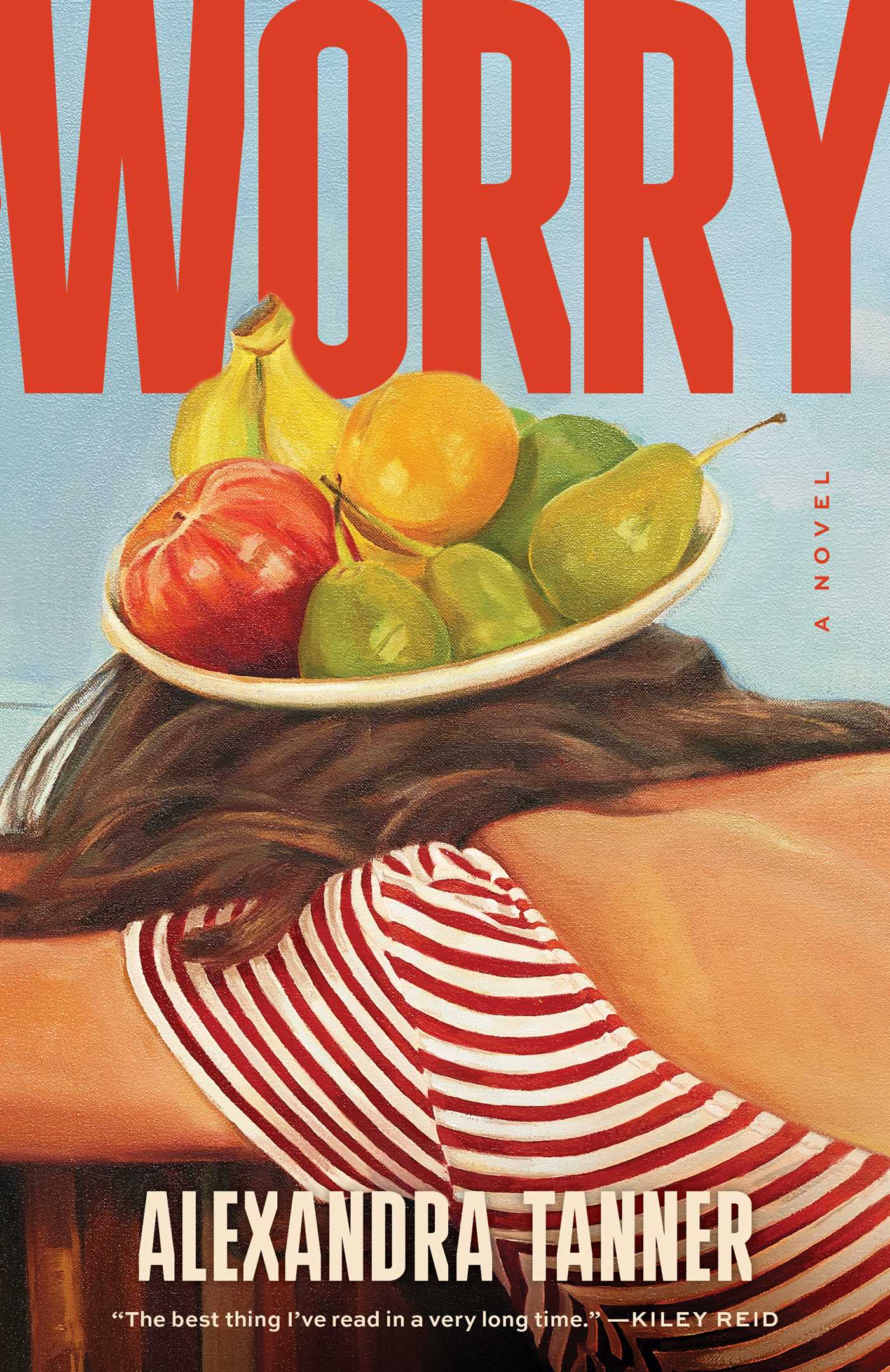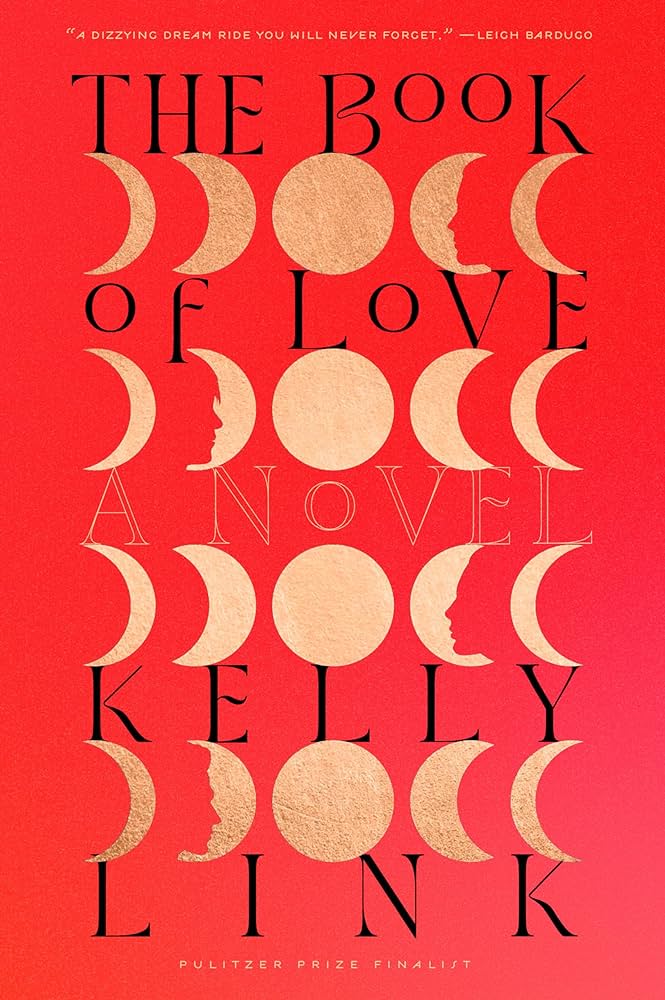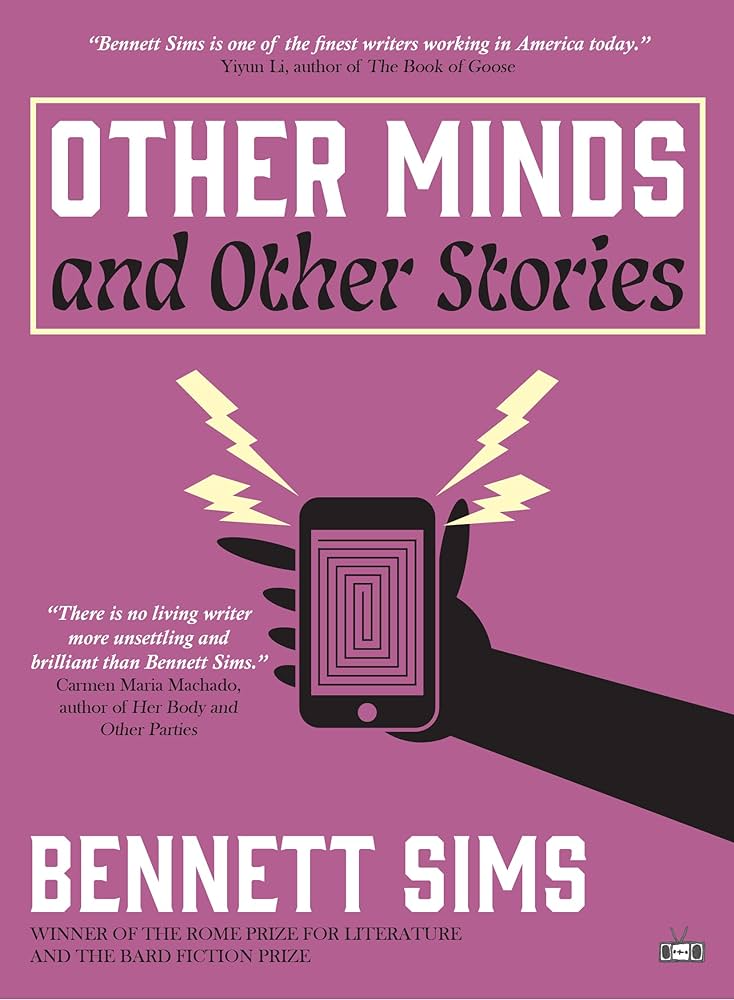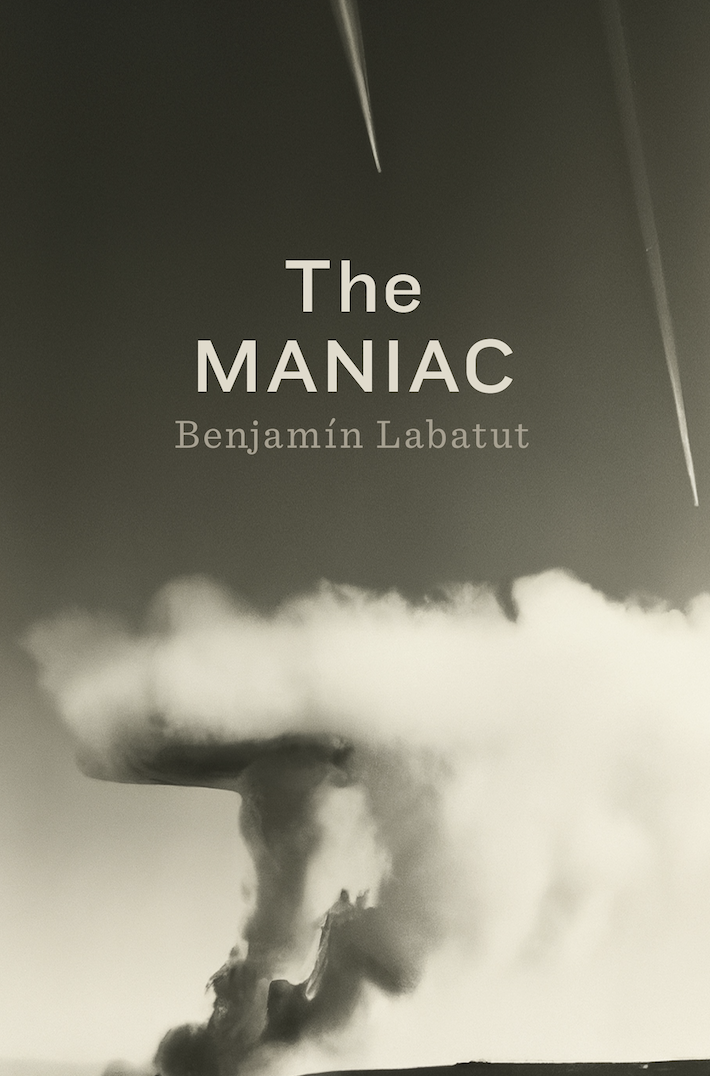 If judging a book by its title, a reader might opine that Where Art Belongs, the eighth volume in Semiotext(e)’s “intervention series” would include: a consideration of spaces and contexts conducive to creativity and also art making, a list of places that inhibit art appreciation or stifle creativity, as well as, a discussion of the aforementioned spaces, places, and contexts, that leads to a conclusion of where, in fact art belongs.
If judging a book by its title, a reader might opine that Where Art Belongs, the eighth volume in Semiotext(e)’s “intervention series” would include: a consideration of spaces and contexts conducive to creativity and also art making, a list of places that inhibit art appreciation or stifle creativity, as well as, a discussion of the aforementioned spaces, places, and contexts, that leads to a conclusion of where, in fact art belongs.
However, Chris Kraus’s book by this very-same title does not offer manifestos, sweeping judgments, prescriptions, nor proscriptions. Kraus’s nuanced approach is more akin to a cultural anthropologist who considers creativity in its natural habitats, the spaces where art comes into being; where collaborative and destructive energies merge to mount momentary feats of brilliance; where repetitive, nearly obsessive photographs of landscapes shot through windshields of moving cars, or within New York apartments (dust bunnies included) form an oeuvre; where absence lends presence; where words equal art, and art envelops all.
It seems that Kraus believes no space is entirely barren, or incapable of sparking inspiration. For example, she examines the creativity of American Apparel founder Dov Charney, and aligns his creative corporate vision with the 1960’s artists collective Chia Jen, or The Family, as described by member (and choreographer) Simone Forti: “The life we lived in common provided a matrix for the profuse visions we lived out in various twilights.” Kraus posits that in contemporary culture, corporations like Charney’s may channel creative energy that once resided solely within art’s realm, and in doing so become a kind of art. She goes on to say:
From its manufacturing philosophy of vertical integration to its marketing and the deliberate location of its gallery-esque stores in urban neighborhoods on the cusp of gentrification, American Apparel resonates against the economic and psychogeographic state of the culture like a gigantic work of conceptual art. As an artwork, it is breathtakingly brilliant in ambition and scope.
Kraus shows that the contemporary world is linked by unlikely connections–a world where prison laborers make computer keyboards that generate profits for a corporation that funds a foundation, a foundation which, in turn, supplies mosquito-netting to an African country to prevent malaria on a grand scale. Tracing such disparate connections is an art unto itself. With technology, distance has collapsed, and with physical distance, other barriers and demarcations, too. Commercial products now mimic conceptual art, in that “far more creativity goes into the marketing of products than into the products themselves.”
This diminishment of the object as a commercial product parallels the disappearance of the object from the work of art, as Kraus states: “all art is now conceptual, deriving value through context, at a second remove.” Disappearance also figures significantly in Kraus’s essay “No More Utopias,” which examines the work of performance artists Bas Jan Ader and Elke Krystufek. In 1975, Jan Ader disappeared while crossing the Atlantic on a solo voyage to Europe–he was completing the third and final act of his performance piece, In Search of the Miraculous. The grand myth of Ader’s disappearance has informed Krystufek’s work, and provided her with inspiration. From the beginning, Krystufek’s artwork has been marked by her excessive and extravagant appearance, in countless self-portraits, and later in hybrid portraits/self portraits of figures like Lenny Bruce and Katherine Mansfield, whose physiognomy blends with Krystufek’s. However, Kraus notes that in some of Kryustefk’s most recent work, she does not appear. Instead she follows a man with her camera, and chooses to document decorative style over human figures. Kraus doesn’t state this outright, but by drawing the comparison she leads the reader to consider how Krystufek’s identification with Ader may have influenced her withdrawal from her own work.

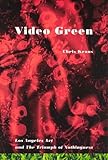 In Where Art Belongs Kraus performs a parallel disappearing act. She has played prominent roles in both her fiction and in Video Green, her first book of essays on art, which also chronicles her California life, her dominant/submissive practices with various boyfriends and lovers, her housekeeper’s incapacitation from AIDS, and even ties in details about tenants. And in her first novel, I Love Dick, Kraus’s namesake, Chris, is the lead character, who develops an obsession with a prominent art school theorist, an obsession which she channels into letter writing and collaboration with her husband on how to best seduce Dick, which in turn becomes a kind of performance art. Kraus often creates intimacy through self-revelation and prostration on the page, and part of her genius resides in masking where reality cedes to fiction.
In Where Art Belongs Kraus performs a parallel disappearing act. She has played prominent roles in both her fiction and in Video Green, her first book of essays on art, which also chronicles her California life, her dominant/submissive practices with various boyfriends and lovers, her housekeeper’s incapacitation from AIDS, and even ties in details about tenants. And in her first novel, I Love Dick, Kraus’s namesake, Chris, is the lead character, who develops an obsession with a prominent art school theorist, an obsession which she channels into letter writing and collaboration with her husband on how to best seduce Dick, which in turn becomes a kind of performance art. Kraus often creates intimacy through self-revelation and prostration on the page, and part of her genius resides in masking where reality cedes to fiction.
However, in Where Art Belongs, Kraus stands back from the narrative. Her opinions, personal interjections, and asides pepper the essays, and she appears in an essay about the Sex Workers Art Show, but she allows for distance. It seems that she riffs off Ader’s disappearance, Krystufek’s transformation, and also the subtlety of photographer Moyra Davey’s self revelations. Kraus admires the way Davey reveals herself, specifically the way she deals with her chronic illness. Kraus compares this to how Walter Benjamin writes grief: “ Davey’s writing is informed by illness, but it isn’t about illness. Life, as Deleuze once observed, isn’t personal. Davey offers herself as a protagonist to lead us towards recognitions that arise in a heightened intellectual/emotional state through correspondence.”
In Davey’s essay, “Notes on Photography and Accident,” Davey claims her writing process is like a photographer’s: “I go out into the world of other people’s writing and take snapshots. These ‘word-pictures,’ like Benjamin’s ‘pearls’ and ‘corals,’ have Sontag’s ‘talismanic’ quality, and from them I can make something.” If there is one guiding force in the art Kraus examines–whether it’s Davey’s gathering of fragments, or the collaborative elements of collectives like Bernadette Corporation and Tiny Creatures, or even American Apparel–it’s the emergence of an organic creativity, of collaborative generation, of making art from the unexpected and improvising, of reveling in the chaos of art, of life.
Kraus opens Where Art Belongs with an essay on the Tiny Creatures Gallery in Los Angeles, and this essay begins with founder Janet Kim‘s Tiny Creatures Manifesto: “Tiny Creatures is not a gallery. It is Tiny Creatures. / Tiny Creatures is not a venue. It is Tiny Creatures.” Art is one grand experiment; it is generative, not sterile, forced, or overly refined. In this aspect, Kraus aligns Tiny Creatures with bohemias of generations past, from the East Village of the ’80s to other earlier “artistic experiments of the last half century.” The spirit remains the same, it’s only the spaces and contexts that change. Kraus mentioned that she began to write about Tiny Creatures after the gallery closed, but says it was significant that she spoke to the members while their stories were still “unsanitized.” And while institutions, art museums, and corporations may be easy stand-ins for sterility, Kraus’s investigation also demonstrates how creativity will resurge in unlikely spaces, how it will burrow in and burgeon wonderfully, like brilliant flowers growing between sidewalk cracks.



